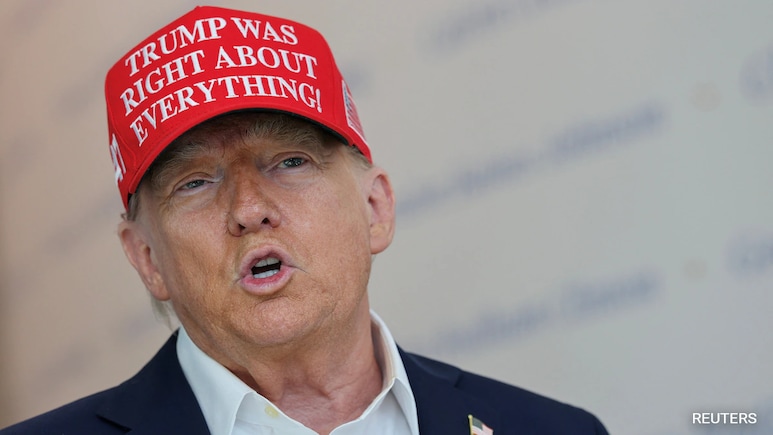
- The US Court of Appeals ruled most of Trump's global tariffs illegal under IEEPA
- Trump used IEEPA for tariffs, a law normally for sanctions against national threats
- IEEPA allows the US President broad economic control during declared national emergencies
A federal appeals court on August 29 declared most of US President Donald Trump's global tariffs illegal, delivering a major setback to his trade agenda. The US Court of Appeals for the Federal Circuit found that the law Trump relied on to impose his most sweeping tariffs did not grant him that authority.
The decision marks Trump's second consecutive defeat in the high-stakes case, VOS Selections Vs. Trump, which merged lawsuits from a dozen states and five small businesses. It is also the most advanced of several federal challenges to Trump's use of the International Emergency Economic Powers Act (IEEPA) as the basis for imposing wide-ranging tariffs.
What Is IEEPA?
The International Emergency Economic Powers Act (IEEPA), enacted in 1977, gives the US President broad authority to regulate economic transactions once a national emergency is declared. It allows the executive branch to take action against any unusual and extraordinary threat to America's national security, economy, or foreign policy that originates abroad.
Since its enactment, it has become the cornerstone of US sanctions policy. Initially, IEEPA was used mainly against foreign states and their governments, but over time its scope expanded to include non-state actors such as terrorist organisations, cybercriminals, and individuals linked to the International Criminal Court.
As of January 15, 2024, presidents have declared 69 national emergencies under IEEPA; 39 of these remain in effect. These emergencies often last close to a decade, though some have continued for much longer. With its sweeping powers, IEEPA remains one of the most significant tools for imposing economic sanctions and shaping US foreign policy.
According to The New York Times, legal specialists have warned that using the statute to justify tariffs is without precedent and could face challenges in the courts. Normally, presidents turn to a different law for tariffs, such as Section 232 of the 1962 Trade Expansion Act, which requires an investigation and report before duties can be imposed. That framework is narrower and slower than IEEPA.
How Trump Used The Law
Trump is no stranger to IEEPA. During his first term, he threatened to apply the law to slap tariffs on Mexico in 2019, vowing a 5% duty on all Mexican imports unless action was taken to curb migration. The plan was abandoned when Mexico agreed to new border enforcement measures, reported The New York Times.
He did, however, rely on IEEPA to introduce sanctions. Measures were imposed on Venezuela's state-owned oil company in an effort to cut off funding for Nicolas Maduro's government. Similar powers were invoked against Iran, as well as against officials at the International Criminal Court after it began investigating alleged US war crimes in Afghanistan. Former US President Joe Biden later revoked that particular order.
How Other Presidents Used IEEPA
Earlier US presidents mainly used IEEPA to target terrorism, cybercrime, and financial networks. George W. Bush turned to it after the September 11 attacks to freeze terrorist assets. Barack Obama used it to sanction foreign hackers in 2015.
Track Latest News Live on NDTV.com and get news updates from India and around the world

